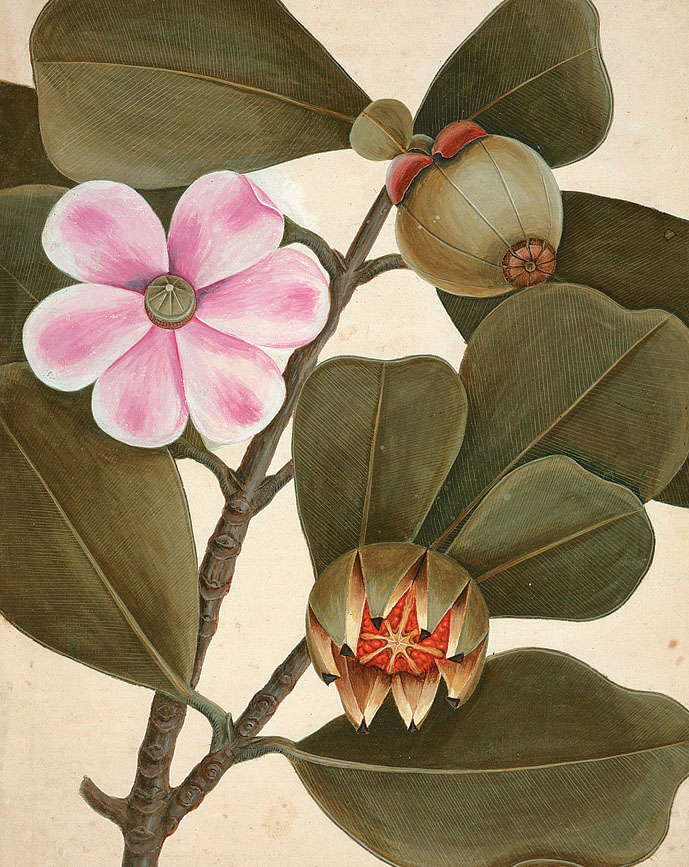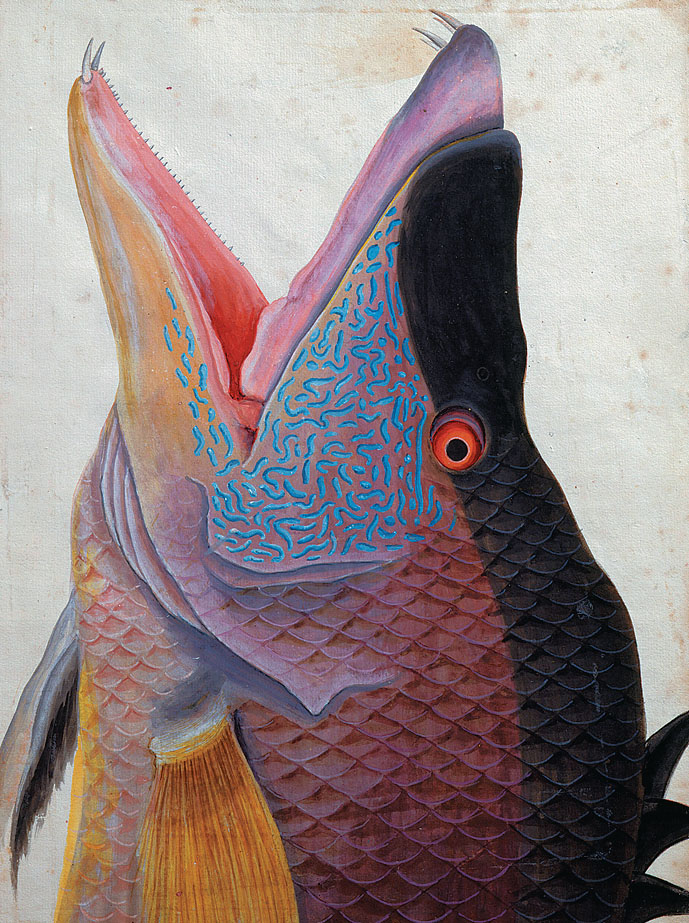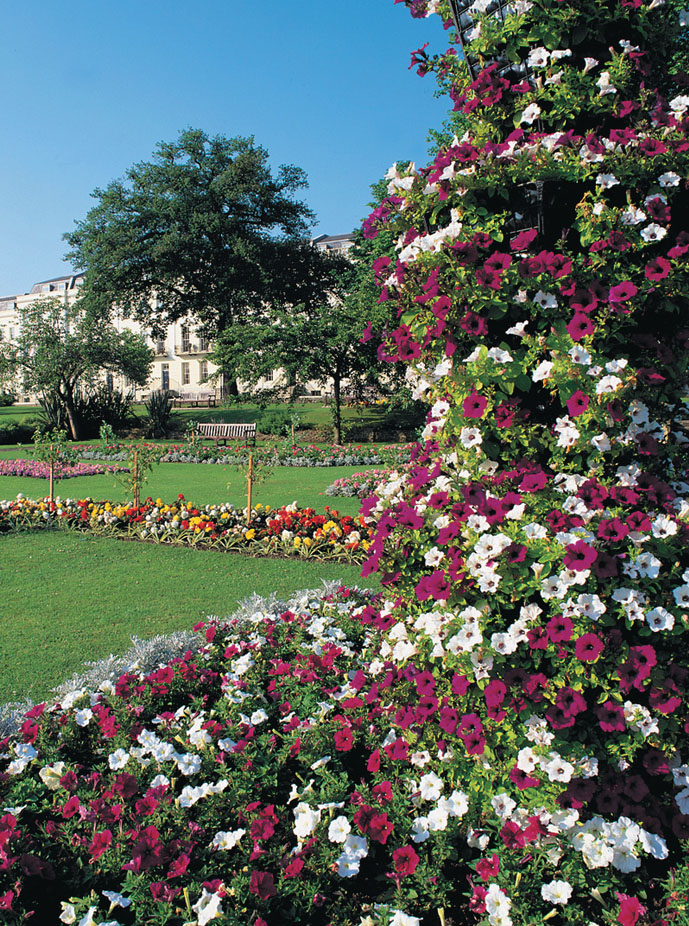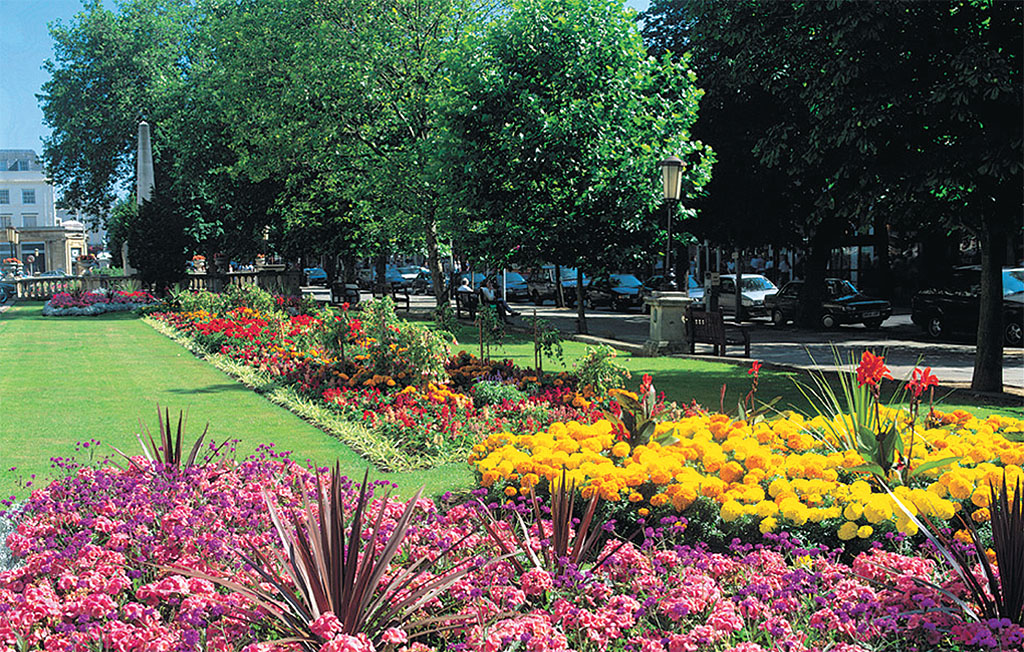

[caption id="InBritainTheseDays_img2" align="aligncenter" width="689"]

MICHAEL WALTER/TROIKA/THE PRESS ASSOCIATION
THE QUEEN COMETH TO VIRGINIA
IN WHAT IS SURELY TO BE the highlight of America’s 400th anniversary celebrations at Jamestown, Queen Elizabeth II and HRH Prince Philip will be attending May’s anniversary weekend commemorating the founding of the Jamestown settlement in 1607. Her Majesty’s first trip to the United States after becoming monarch was in 1957, on the occasion of Jamestown’s 350th birthday celebration. May’s arrangements with the Queen and the Duke of Edinburgh will mark Her Majesty’s fourth state visit to the USA, the last being in 1991.
Virginia state Senator Tommy Norbent, chairman of the Jamestown 2007 Management Committee, said: “We are thrilled that Her Majesty and His Royal Highness will be here in May of 2007. Her return visit is an acknowledgement of the enduring legacy of British influence on the American continent and the strong ties between the United States and Great Britain.”
As well as events in Jamestown and Williamsburg, of course, there will be a state dinner at the White House. There is even a rumor that as long as they are in the neighborhood, the royal couple might drop by Leesburg to watch a bit of polo. Efforts to secure a royal walkabout here at British Heritage offices are incomplete.
AMAZING RARE THINGS AT HOLYROOD
FROM MARCH 2 TO SEPTEMBER 16 this year, the Queen’s Gallery at the Palace of Holyroodhouse in Edinburgh hosts an extraordinary exhibition selected from the collections of the Royal Library and curated by well-known naturalist Sir David Attenborough titled “Amazing Rare Things: The Art of Natural History in the Age of Discovery.” It brings together the work of Leonardo da Vinci, Cassiano dal Pozzo, Alexander Marshall, Maria Sibylla Merian and Mark Catesby, diverse artists and collectors who shared a passion for inquiry and a fascination with the beautiful and bizarre in nature. All lived at a time when new species were being discovered around the world in ever increasing numbers. Many of the plants and animals represented in the exhibition were then barely known in Europe.
[caption id="InBritainTheseDays_img3" align="aligncenter" width="689"]

THE ROYAL COLLECTION © 2006, HER MAJESTY QUEEN ELIZABETH II/THE PRESS ASSOCIATION
From the late 15th-century voyages of Columbus and Vespucci to the mid-1700s, the discoveries of new lands and hitherto unknown species of flora and fauna led to enormous scientific advances and indeed revolutionized intellectual history and the prevailing worldview. Pioneering naturalists such as Mark Catesby made expeditions to the New World to study specimens of new and exotic species for the first time. Great collections of zoological and botanical specimens were formed in the 16th and 17th centuries that served as research laboratories for scientists and artists alike. Scotland’s capital has the honor of first hosting “Amazing Rare Things.” Next year the exhibition moves to the Queen’s Gallery at Buckingham Palace. Web site: www.royalcollection.org.uk.
[caption id="InBritainTheseDays_img4" align="aligncenter" width="688"]

THE ROYAL COLLECTION © 2006, HER MAJESTY QUEEN ELIZABETH II/THE PRESS ASSOCIATION
[caption id="InBritainTheseDays_img5" align="aligncenter" width="689"]

THE ROYAL COLLECTION © 2006, HER MAJESTY QUEEN ELIZABETH II/THE PRESS ASSOCIATION
JAMESTOWN EVENTS IN BRITAIN
THIS YEAR’S 400TH ANNIVERSARY of the settlement of Jamestown will not go unnoticed by Her Majesty’s subjects. A variety of exhibitions and special events are marking the 1607 colonization of the New World. At London’s Museum in Docklands, “Journey to the New World: London 1606–Virginia 1607” explores America’s social, cultural and political beginnings. It unpacks the daily life of America’s first English settlers in matters such as diet, health and lifestyle.
The British Museum launches “A New World: England’s First View of America” this spring. Featuring the extraordinary watercolors of 16th-century artist John White, the exhibition displays 70 paintings White made on voyages to Virginia and the Carolinas beginning in the 1580s. His images are the earliest visual record by an Englishman of the flora, fauna and people of the New World.
On the 4th of July, the largest English anniversary celebration will be held at Kent’s famous Leeds Castle, ancestral home of Virginia’s early colonial governor Sir Thomas Culpeper. Billed as the “American Four Hundred Festival,” its schedule of fun-filled family activities includes both a transatlantic baseball game and cricket match.
THE TITAN IN THE DERBYSHIRE PEAKS
“THE FIND OF A LIFETIME” is how spelunkers in Derbyshire are describing their discovery of the biggest cave yet known in Great Britain. The vertical cavern measures almost 500 feet from top to bottom and has been named Titan. Carved out over millions of years by water eroding the limestone hills known as the Peaks, the cave contains a huge waterfall that plunges deep below the surface.
It took a team of enthusiastic amateur potholers seven years of rummaging and digging underground to make the discovery near Castleton. David Nixon, who led the effort, was spurred to the attempt after finding references to uncharted caves in the area in the work of a little-known 18th-century academic. He and two colleagues spent their weekends digging through boulder chokes and exploring passages before emerging at the bottom of Titan. Nearly 197 feet higher than the previous British record holder in the Yorkshire Dales, Titan is being hailed by cavers as one of the most important discoveries in recent years.
SPORTS PERSONALITY OF THE YEAR
ZARA PHILLIPS, granddaughter of Her Majesty the Queen, was named this past year’s BBC Sports Personality of the Year, taking a full third of the entire public vote. The 25-year-old royal equestrian took the individual gold in eventing atop her horse Toytown at the World Equestrian Games in Germany last summer. After winning the European eventing championship in 2005, she became only the third person to hold the European and World titles at the same time. The three-day eventing crown is regarded as among the most challenging of sports competitions, requiring mastery of the three disciplines of dressage, show jumping and cross-country.
[caption id="InBritainTheseDays_img6" align="aligncenter" width="1024"]

AFP/GETTY IMAGES
Phillips’ mother, Princess Anne, won the same trophy in 1971 for her own equestrian prowess. Mother and daughter are the only two members of the same family to have taken the Sports Personality award. While the young princess does not want to look beyond this year’s European championships, she is highly regarded as one of Britain’s hot prospects for a gold medal in the 2008 Olympics, now less than two years away.
SCORE ONE FOR REAL FOOD IN TAVISTOCK
IT IS NOT OFTEN that a McDonald’s restaurant is forced to close because it cannot compete with local traders. In the market town of Tavistock on the western edge of Dartmoor, however, McDonald’s met its match. The local farmers’ market in Tavistock was voted the best such market in the region by Country Life magazine recently. The Devonshire community has also won the title Best Food Town in the Southwest this year. McDonald’s has indeed been bested, and closed the restaurant that opened on the High Street in 1999. On a street dotted with food shops and cafés specializing in local foods, the fast-food leviathon, well-known for swallowing such competition, has given up.
A McDonald’s spokesman attributed the closing to changing “trading patterns.” Robertson’s organic café, Crebor’s delicatessen, Pannier Market and such, however, are thriving neighbors. That local folks and visitors alike prefer a nice Thai lentil soup and local artisan cheeses to fries and a shake, though, speaks for community care as well as good taste. A concerted local effort called Tavistock Eatwise has campaigned to make the town a haven for local foods and produce. John Taylor, the organization’s chairman, quipped, “It just goes to show that the food is so good here we have seen them off.”
Tavistock is no newcomer to community honors, actually. Just two years ago it won the UK award as Best Market Town. Good show, Tavistock; eat ’em up.
OLD BONES AND STONES
FOR MORE THAN A CENTURY NOW, archeologists and assorted speculators have ruminated over the actual meaning and purpose of Stonehenge. Why would primitive folk have spent hundreds of years and untold millions of man-hours lugging the huge stones some 240 miles from southwest Wales to Salisbury Plain? While there have been many theories put forward, the most widely accepted notions have been that it was a place of ancestor veneration and an astrological calculator.
Now, an archeology professor at Bournemouth University has advanced a new theory. Timothy Darvill suggests that the ancient henge was actually a center of healing. His evidence derives from the excavation of the many burial mounds that are strewn across the landscape within several miles of Stonehenge. The techniques of modern laboratory science reveal that these prehistoric people had been unwell at the time of their death. Dental analysis has also shown that a good percentage of those buried near the site came from long distances—Ireland, the Lake District, Wales, even continental Europe. Thus, Stonehenge may well have been a place of pilgrimage for the sick and wounded.
[caption id="InBritainTheseDays_img7" align="aligncenter" width="689"]

COURTESY OF COTSWOLDS.COM/DAVID SELLMAN
Darvill suggests that the stones were brought from Preseli, an area known for sacred springs, because it was believed that they had healing properties and were honored by the presence of a presiding deity, a god of healing. Ironically, of course, the evidence used to advance his theory also bears witness to the inefficacy of the anticipated medical miracles.
[caption id="InBritainTheseDays_img8" align="aligncenter" width="1024"]

COURTESY OF COTSWOLDS.COM/DAVID SELLMAN
THE YEAR OF THE COTSWOLDS GARDEN
KEY ANNIVERSARIES IN 2007 have prompted the year’s designation in the picture-book Gloucestershire countryside as the Year of the Cotswolds Garden. It will, for example, be exactly 100 years since Lawrence Johnston’s family acquired Hidcote Manor Garden and built it into one of the most famous gardens in the world. The year also marks 170 years since the Dent family bought lovely Sudeley Castle and the 50th anniversary of the Heather Muir rose, named for the creator of the elegant garden at Kiftsgate. Among other events and activities, celebrations include the creation of a historic gardens trail through the Cotswolds for the gardening history enthusiast. Web site: www.cotswolds.com.
[caption id="InBritainTheseDays_img9" align="aligncenter" width="677"]

COURTESY OF COTSWOLDS.COM/DAVID SELLMAN





Comments